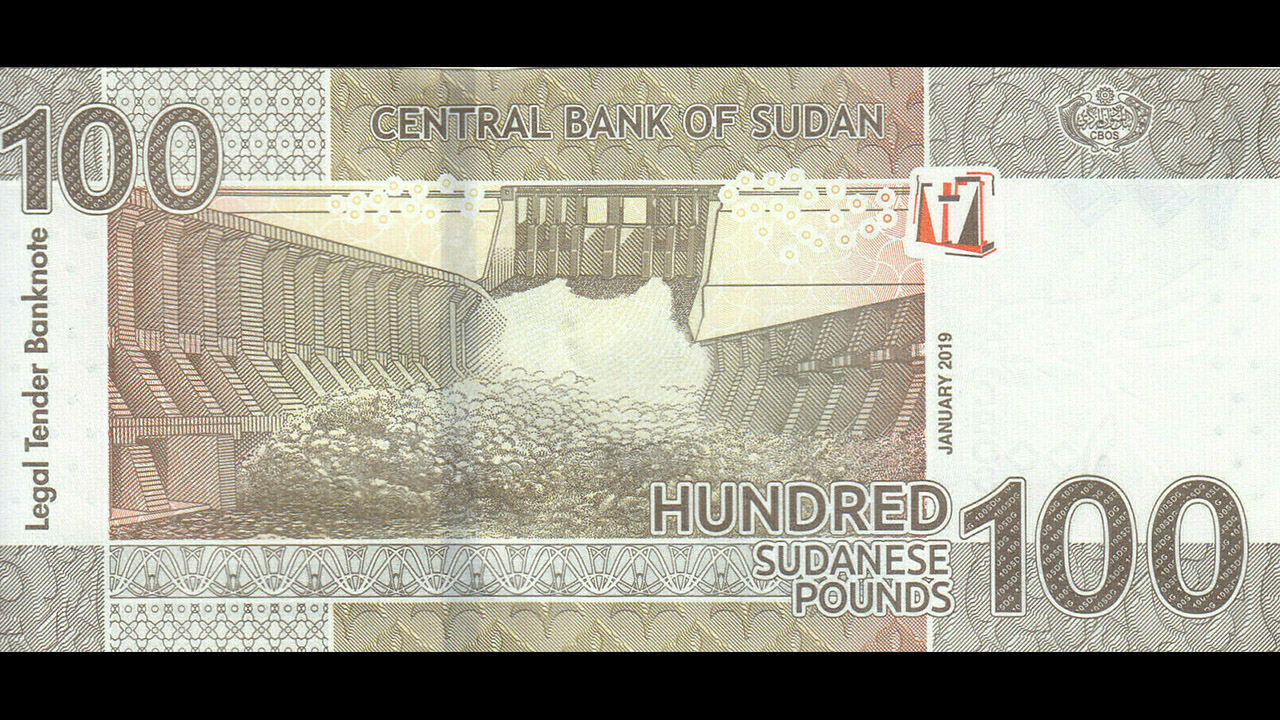Building infrastructures and enhancing connectivity are two of the main focuses of the Belt and Road Initiative. Among the Arab countries, the imbalance in infrastructural development is huge. Within the Gulf, the market competition for mega infrastructures is fierce. In practice, mega infrastructures are not just the commercial skyscrapers, but also power generation facilities that facilitate industrial development and help improve people's livelihood.
In recent years, China and many Arab countries have built numerous landmark mega infrastructures, such as the central business district of Egypt's new administrative capital, Lusail Stadium in Qatar for the World Cup, the Mohammed VI Bridge in Morocco, the Great Mosque of Algiers, the new office building of the Central Bank of Kuwait and the Merowe Dam, Roseires Dam and the Dam Complex of Upper Athara Project in Sudan's Nile River.

100 Sudanese pound banknote shows the image of Merowe Dam, Roseires Dam and the Dam Complex of Upper Athara Project built by Chinese companies in Sudan. /Shen Shiwei
100 Sudanese pound banknote shows the image of Merowe Dam, Roseires Dam and the Dam Complex of Upper Athara Project built by Chinese companies in Sudan. /Shen Shiwei
In the transition to a more clean, low-carbon and climate friendly model, China and Arab states have cooperated on a number of energy projects, such as the 800MW Al Kharsaah Solar Power Plant, Qatar's first photovoltaic power facility. With a total investment of $417 million, it is the first non-fossil fuel power station in the country endowed with petroleum and natural gas.